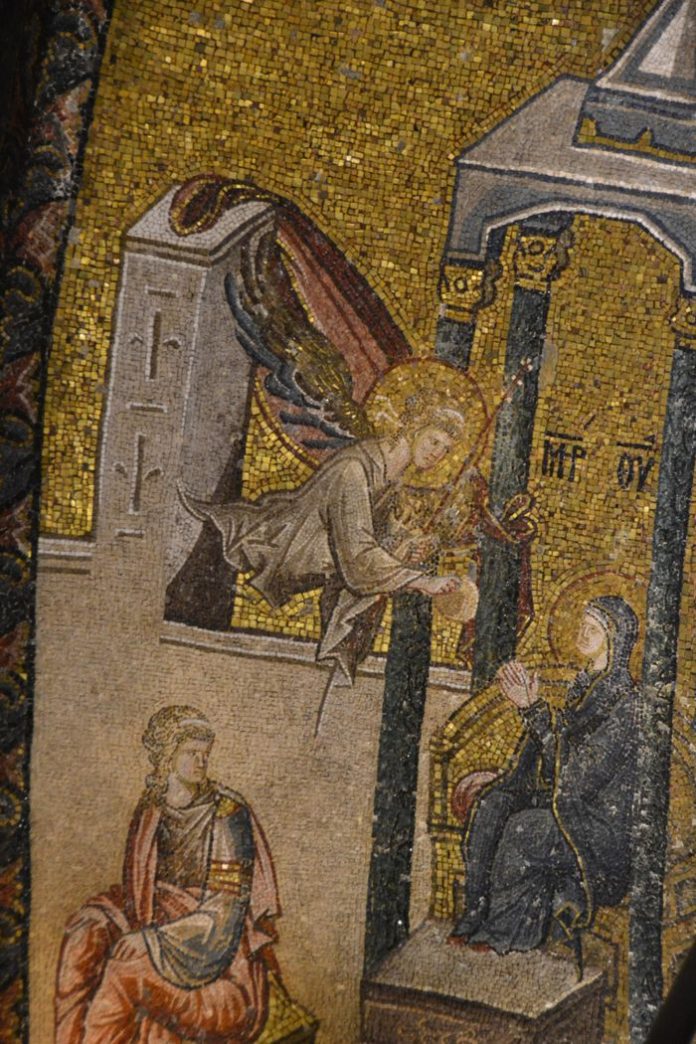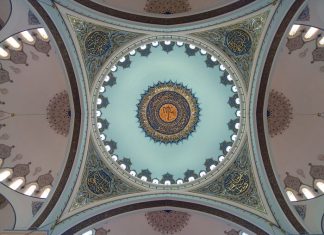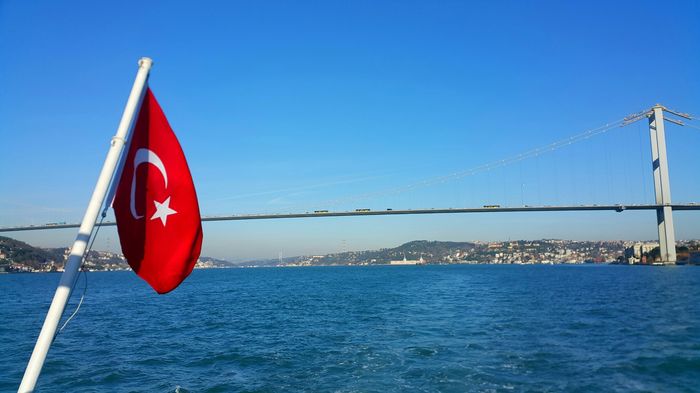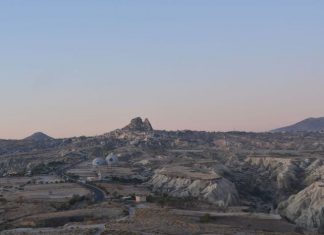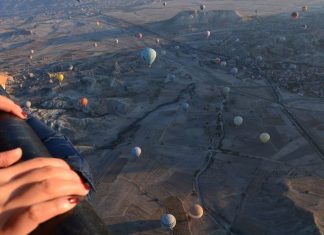Hotels, in the modern sense, began to be constructed in the mid-19th century. With the frequent calls of passenger ships in Istanbul and the establishment of the Sirkeci Train Station, the number of travelers between Istanbul and Europe increased. Many hotels, such as Hotel de Pera, Hotel de France, London Hotel, and Pera Palace, were opened during this period.
Starting from the mid-15th century, although in small numbers, European travelers visiting Istanbul were accommodated in churches, monasteries, and imarethanes (charitable institutions) of large mosques after their journeys lasting months, as there were no accommodation centers in the modern sense. Considering that transportation was only provided overland by horses, we can deduce that the number of those coming to Istanbul from foreign countries was limited.
Atik Ali Pasa Caravansary
In the 16th century, diplomatic relations between the Ottoman Empire and European countries developed, leading to frequent interstate visits by representative delegations. Since there was no dedicated venue for the accommodation of foreign delegations in Istanbul, they chose to stay at Atik Ali Pasa Caravansary close to the Topkapi Palace. Over time Squares and Domes, Atik Ali Pasa Caravansary came to be known as “Elgihan.”
Built in the early 15th century, Atik Ali Pasa Caravansary was located just opposite Qemberlitag, a site frequently visited by tourists today. Elans Dernschwam, who stayed in the caravansary between 1553-1555, provided the first information in his works about Elgihan, which is a part of the Ali Atik Pasa Mosque next to Qemberlitag. Dernschwam mentioned that he did not appreciate this narrow and dark caravansary with 28 rooms, where the upper floors were reserved for accommodation, and the lower floors were used as stables for horses.
At Elgihan, every passenger, whether Turk, Greek Rose Festival Tour, Jewish, or from another identity, could stay without any discrimination. Each room was equipped with a fireplace and bed, and stores were available for the travelers’ belongings. Foreign representatives paid one silver coin per day for rooms and horses. The kitchen of the mosque provided food and drink services for the guests. For visitors, it was considered a luxury to set up beds in the anterooms with porches, as the rooms of the caravansary were very hot in summer.
